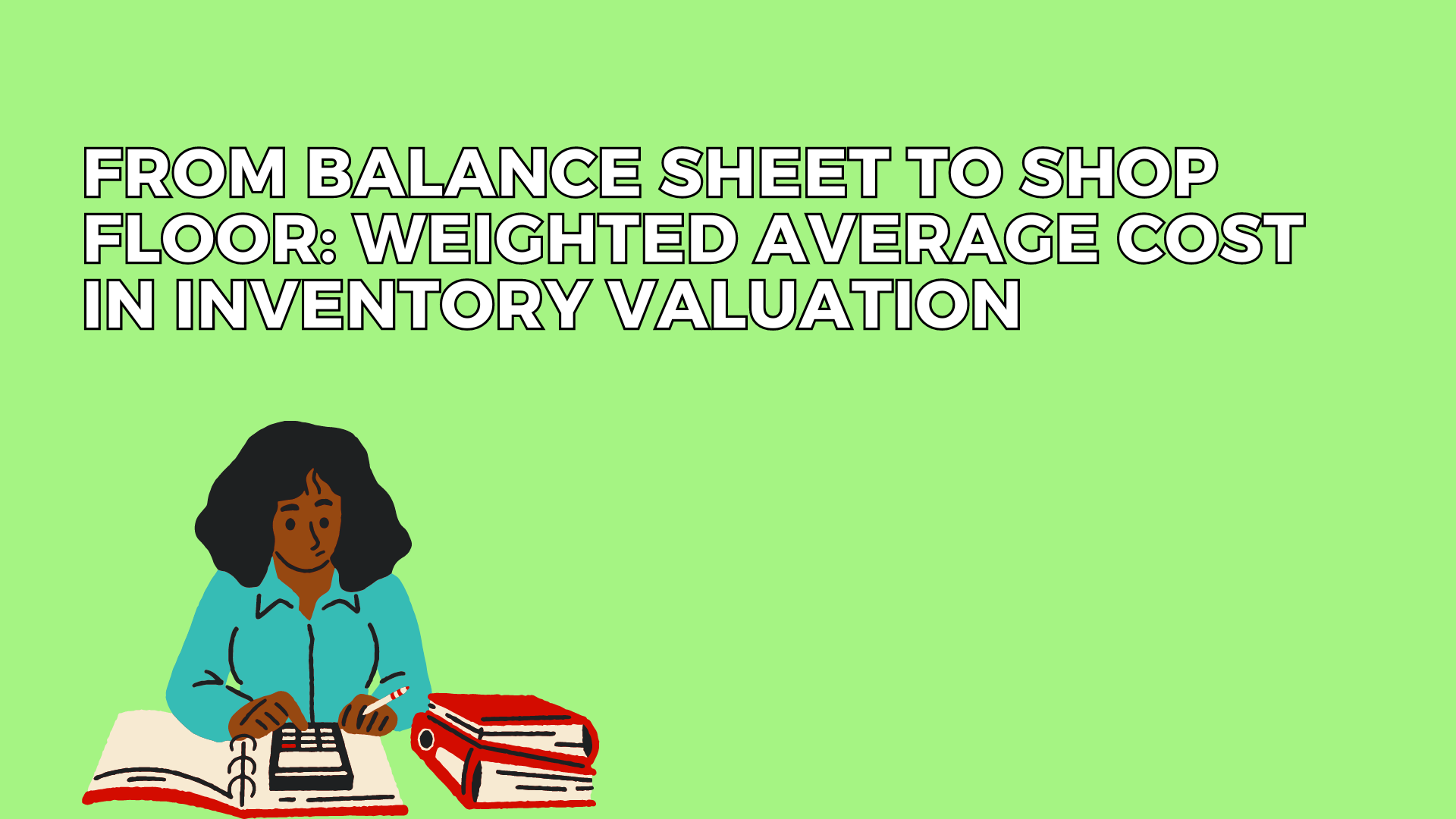The balance sheet is a crucial document that provides a snapshot of a company’s financial health at a specific point in time. One of the key components of the balance sheet is inventory, which represents the goods a company holds for sale. However, determining the value of inventory can be complex, especially in businesses where the cost of inventory fluctuates over time. This is where inventory valuation methods, such as the weighted average cost method, come into play.
Understanding Inventory Valuation
Inventory valuation is the process of assigning a monetary value to the inventory a company holds for sale. The value of inventory is important for various financial calculations, including determining the cost of goods sold (COGS), calculating gross profit, and assessing the overall financial performance of the business.
What is Weighted Average Cost?
The weighted average cost method is a commonly used inventory valuation method that calculates the average cost of inventory items based on their respective quantities. Under this method, the cost of each unit of inventory is multiplied by the number of units available, and the total cost is then divided by the total number of units to determine the average cost per unit.
How Does it Work?
Let’s break down the weighted average cost method with an example:
Suppose a company purchases inventory as follows:
- January 1: 100 units at $10 per unit
- March 1: 200 units at $12 per unit
- June 1: 150 units at $15 per unit
To calculate the weighted average cost per unit, we first determine the total cost of inventory:
Total cost = (100 units * $10) + (200 units * $12) + (150 units * $15) = $1000 + $2400 + $2250 = $5650
Next, we determine the total number of units:
Total units = 100 units + 200 units + 150 units = 450 units
Finally, we divide the total cost by the total number of units to find the weighted average cost per unit:
Weighted average cost per unit = Total cost / Total units = $5650 / 450 units ≈ $12.56 per unit
Benefits of Weighted Average Cost Method
The weighted average cost method offers several advantages:
- Simplicity: It is relatively easy to calculate and understand compared to other inventory valuation methods.
- Smoothes Fluctuations: It smooths out fluctuations in the cost of inventory over time, providing a more stable valuation.
- Reflects Realistic Cost: It reflects the actual cost of inventory by taking into account both the price and quantity of items purchased.
Conclusion
Inventory valuation is a critical aspect of financial reporting and decision-making for businesses. The weighted average cost method provides a practical approach to valuing inventory by calculating the average cost per unit based on both price and quantity. By understanding and implementing this method effectively, businesses can ensure accurate financial reporting and better manage their inventory levels, ultimately contributing to their overall success.









